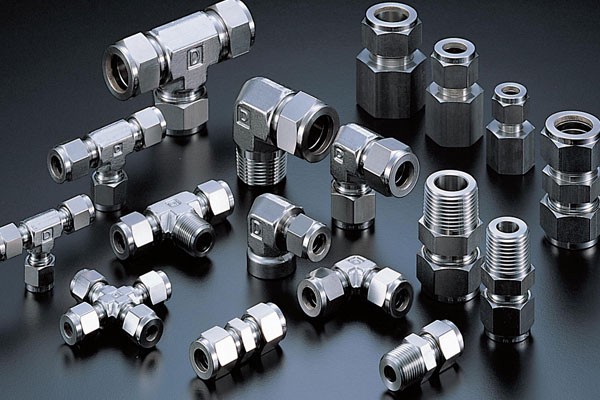Understand the Different Types of Instrumentation Tube Fittings
The bulk of the major industries, including those that make aircraft, defence, power, petrochemicals, alternative fuels, shipbuilding, and medical equipment, use process monitoring instruments.
Along with flow metres, strain gauges, and level gauges, PM&C instrumentation fittings also offer pressure gauges, fittings, and tubing. They are used to calibrate the flow, pressure, and temperature transmission, monitoring, and control systems.
The instrumentation fitting components are necessary for the effective operation of the plant or product group. The instrumentation system’s fittings, valves, and tubing act as its veins and arteries.
Four types of instrumentation tube fitting
- Fittings for compression
Compression fittings are the easiest to use and have the best organisation. A number of grips on the tube are used in this design. By coining (compressing) the tube’s surface, the ferrule fastens itself to it. All fittings outperform compression fittings in terms of vibration resistance, not just over-buttweld fittings. This type of fitting does not necessitate the use of any particular tools. A boxer twist will be used to tighten the tube after it has been carefully inserted into the stop relation. Compression fittings are typically the least valuable general standard because of how simple they are to use. - Fittings for cones and threads
Cone and thread connectors are most typically employed at pressures up to 15,000 PSI, while they are occasionally used in high-pressure installations. Since the tube has a firm edge and is screwless, the connection between the tube and fitting is tight and secure. After the tube sides have been properly made with a smooth polished shine, the tubing must be joined securely against the junction in order to create a tight seal. The assembly time and expense of C&T fittings are greatly increased because everything is frequently finished on the job. For maintenance, C&T fittings can be disassembled and rebuilt just like compression fittings.
- Fittings for Butt Weld
A butt weld fitting is the convention that provides the highest level of oscillation safety. The utmost tolerance for noise and wear is found in a well-formed butt weld because the metals are firmly bonded together. However, a butt weld fitting connection has significant drawbacks, such expense. The most expensive of the three primary types of instrumentation fitting components is a butt weld connection since it requires more welding equipment, a trained welder, and more labour hours.

